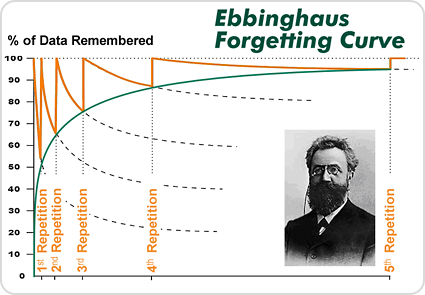An overview of the technical aspects:
Prezi is a cloud based presentation tool (similar to microsoft powerpoint) that allows for a captivating experience with the use of zooming in and out to grab the attention of the audience. The software is based on a SaaS (software as a service) business model where a subscription fee must be paid monthly. The software is cross platform so can be used on both mobile and desktop devices. It has a very user friendly environment for creating the pretensions but an internet connection must be available as they are created online through the rezi.com site. Pretensions can be saved locally if a internet connection is not available at the time of presentation.
Learning outcomes.
The learning outcomes of using prezi are that students will retain more data by having a more immersive experience. The students senses are more deeply involved in the presentations therefore stronger memory connections will be made with the presentation material. The actives that prezi can support are presentations, tutorials, quiz games, flash cards, animations, digital posters.
SAMR analysis.
Substitution.
This technology could be used in the classroom the create language flashcards or substitution for a black / white board. Students could also create their own flashcards through prezi.
Augmentation.
The technology improves on conventional presentation such as a black board but with interactive zooming to grab attention and multiple slides to deliver more information.
Modification.
The technology could be used as a vocabulary language learning tool by adding pictures of nouns to the presentation with matching sounds, Students in the class could then be ask to name the nouns. Student could also make their own prezi presentation of nouns and share them with the rest of the class.
Redefinition,
The technology could be redefined into a 'where is waldo' style language game where students could interact with the presentation by zooming in on certain nouns as they are called out in the classroom.
Technology presentation:
The following presentation was created in prezi.
The presentation can also be viewed here:




